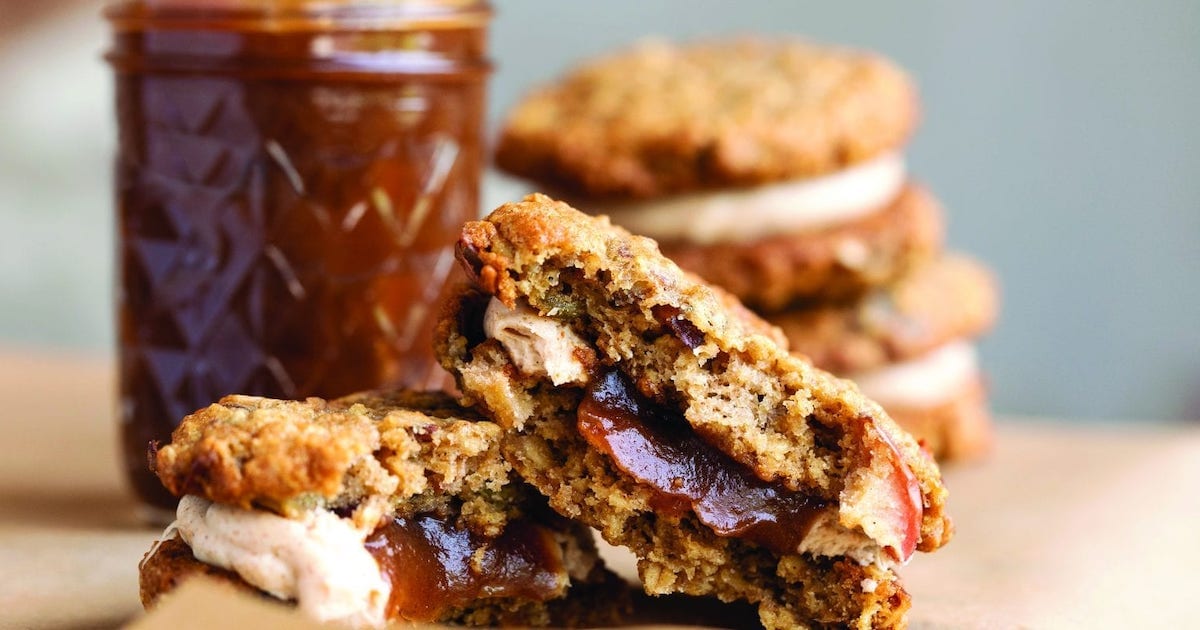A rich, spiced apple reduction made in the fall in Appalachia
It’s been estimated that as many as 1,600 different apple varieties once grew in the southern and central Appalachians, no doubt a testament to the region’s dogged habit of saving and sharing seeds. This time of year, apples are harvested in droves; given the mountain South’s lopsided winter-to-growing season ratio, there’s long been an emphasis on preserving the fruit through drying, canning, and pressing it into cider both fresh and hard. And then there’s apple butter—a dark, richly spiced reduction that spreads over biscuits and toast. Some cooks call for fresh apples, while others prefer dried. Cider may or may not be a starting ingredient. Old-timey recipes were cooked for hours in copper cauldrons over open flame; they weren’t measured in cups and ounces but gallons and pounds. And the apple butter required constant stirring with a large wooden paddle so it didn’t scorch. It’s no surprise communities would host all-day gatherings to tackle the work, sharing in the sweet reward at the end. While modern convenience (stovetops and slow cookers) has largely brought the process indoors, some families still carry on the tradition.
Kaley Laird, head pastry chef of the Rhu in Asheville, North Carolina, didn’t grow up in the southern mountains, but has roots in another landscape studded with apple trees—Western New York. “It’s apple country,” she says. “A lot of people have trees in their backyard and everyone spends a lot of time trying to figure out what to do with all their apples.” Her family turns to recipes like apple pie and apple bread—but not apple butter. So when she moved to Western North Carolina three years ago, she was preconditioned to love the sweet, spiced spread.

Apple Butter Oatmeal Cream Pies
Apple butter is a great way to use fruit that’s bruised or past its prime. “A little blemish isn’t grounds for discrimination,” Laird says. Use the type of apples you’d enjoy eating, keeping in mind that tart, crisp ones will take longer to cook down.
share
trending content
-
New Restaurants in Arkansas
-
Shrimp and Grits: A History
by Erin Byers Murray -
Tea Cakes, A Brief History
by TLP Editors -
Gullah Geechee Home Cooking
by Erin Byers Murray -
A Cajun Christmas Menu
by TLP Editors
More From At the Table
-
High Tea, Southern Style
-
10 Leftover Recipes To Clean Out Your Fridge
-
Country Captain Shrimp and Grits
-
10 Nonalcoholic Drinks for Dry January
-
Our Most Popular Recipes of 2023





